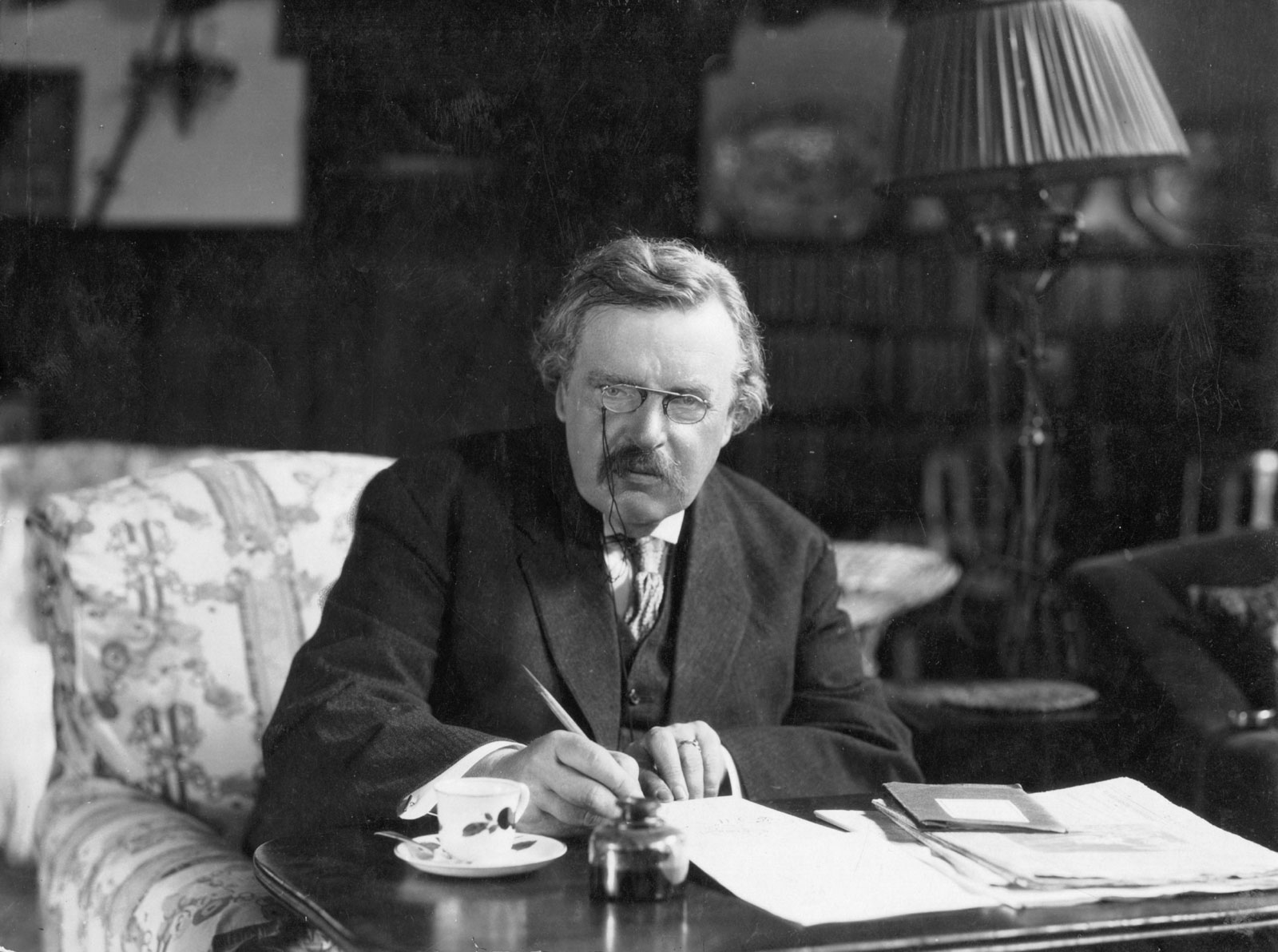By G. K. Chesterton (1874-1936).
Dodd, Mead and Co. 1921. 289 pages.
Chapter V: "The Domesticity of Detectives."
Online HERE and HERE.
"Chesterton's fiction seems to be the main model for the great works of the Big Three puzzle plot detective novelists, Christie, Queen and Carr." — Mike GrostFrom the master of the paradox. Excerpts:
The truth is that there are two types of sensational romance between which our wilder sensationalists seem to waver; and I think they are generally at their strongest in dealing with the first type, and at their weakest in dealing with the second. For the sake of a convenient symbol, I may call them respectively the romance of the Yellow Room and the romance of the Yellow Peril [page 38].
We might say that the great detective story deals with small things; while the small or silly detective story generally deals with great things [pages 38-39].
. . . the good detective story is in its nature a good domestic story. It is steeped in the sentiment that an Englishman's house is his castle; even if, like other castles, it is the scene of a few quiet tortures or assassinations [page 39].
The real romance of detection works inwards towards the household gods, even if they are household devils. One of the best of the Sherlock Holmes stories turns entirely on a trivial point of housekeeping: the provision of curry for the domestic dinner [pages 40-41].Resources:
- Chesterton could write about detective stories with authority because, as you may recall, he was responsible for a few of them himself; see HERE and HERE.
Category: Detective fiction


No comments:
Post a Comment